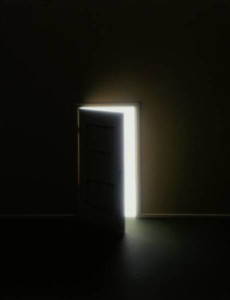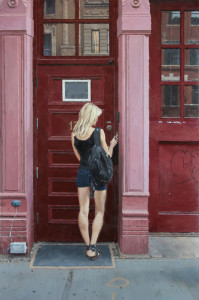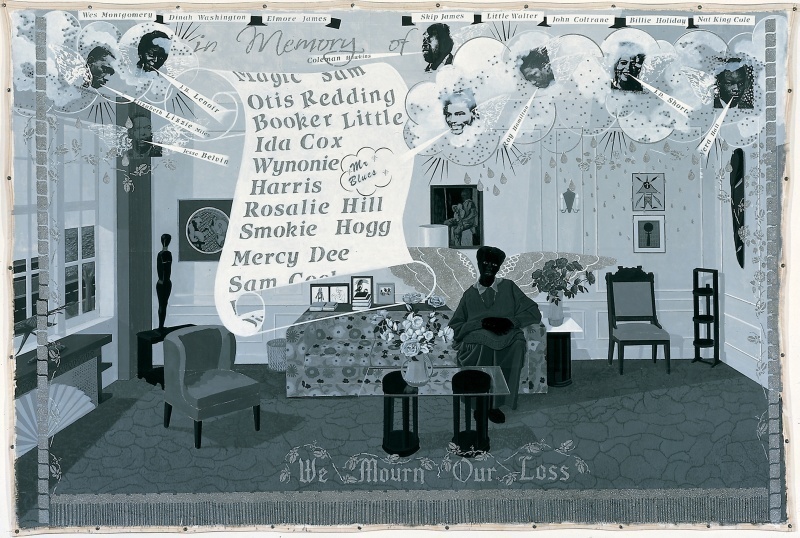Ryan Gosling has not so much reimagined the strong, silent type as he has made it his own. Drive, Blue Valentine, Half Nelson, Lars and The Real Girl – These are all unique, well-constructed character studies in a signature mold. The good news is, The Place Beyond The Pines continues in that vein, providing one of the most visceral performances Ryan Gosling has elicited to date.
Pines is a brilliantly-adapted cautionary tale about fathers and sons, good guys and bad, and the very thin – sometimes even nonexistent – line that separates one from the other. Ben Mendelsohn is noteworthy, Bradley Cooper is superb, and Eva Mendes, well, Eva Mendes is just fucking fantastic, boy. That’s what Eva Mendes is.
Mendes is so spot-on, in fact, that you may even find yourself resenting her good looks. I mean, sure, the same can be said for most of the leading cast here. But it’s Mendes, more than anyone else, who always seems to be afforded such short shrift. Perhaps that’s because Mendes is a spokesmodel, and, as such, it makes it chauvinistically acceptable for the media to simply accept her on those terms. But Mendes is so much more than that, really. And, to that end, she is absolutely fantastic in this film – a welcome female presence in a veritable sea of virile men.
Above and beyond that, The Place Beyond The Pines is a pretty remarkable motion picture. It’s the kind of vehicle that a lot of mainstream critics might dismiss as being unnecessarily dark or uninspiring. But those are probably the same critics who’d be quick to point out just how fucking hot Eva Mendes looks throughout. So my advice would be to ignore them, ignore that, and treat yourself to one sprawling king-hell-bastard of a film – a penetrating reminder that we’re all paying for the sins of our fathers, and we’ve been doing it so long we almost languish in the foil.
(The Place Beyond The Pines arrives in limited release in New York City and Los Angeles today, with a national rollout to follow.)



